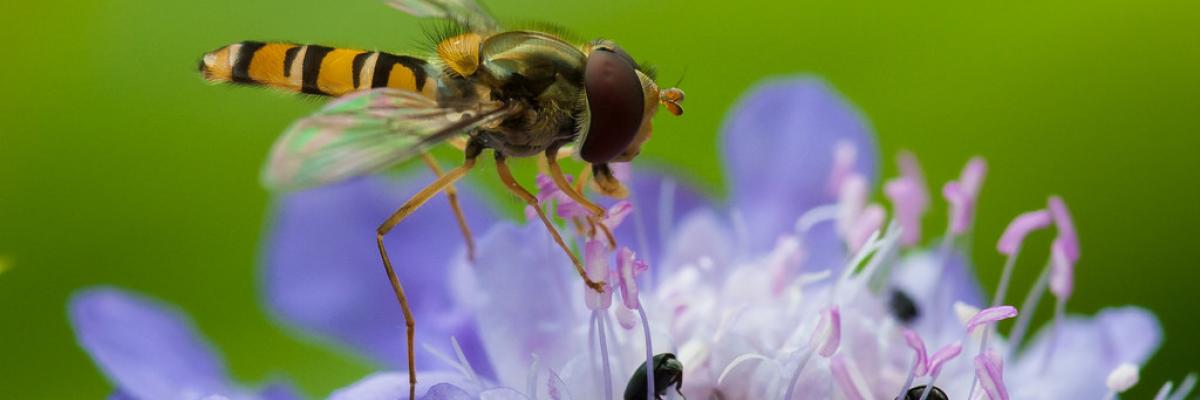

How to encourage pollinators
Best Practice Guide
Best Practice Guide
Download the PDF
Resource explained:
Pollinating insects such as bees, hoverflies, butterflies and moths help to pollinate the UK’s cash crops and native plant species, and are worth approximately £400 million a year to UK agriculture. However pollinator populations have been in decline since the 1950’s, largely due to the loss of their natural habitats. Careful farmland management can help to encourage and conserve pollinator populations, and this document outlines how to create and maintain wildflower meadows, hedgerows and field margins which all provide vital food and shelter. These practices can also help to meet a farm’s obligations under the Countryside Stewardship scheme.
Findings & recommendations:
- There are many groups of native pollinators in addition to the honey bee, for example solitary and bumble bees, hoverflies, butterflies and moths
- Insect pollination of cash crops is worth an estimated £400 million a year to UK agriculture
- Pollinator numbers have been in decline since the 1950’s, and some species have now disappeared or are incredibly rare
- This is due to changing farming practices that result in the loss of natural habitats
- Creating and maintaining wildflower meadows, hedgerows and field margins can help to encourage pollinators
- Reducing the use of pesticides by using crop rotations, encouraging natural pest predators and growing pest resistant crops can also help slow the decline in pollinator numbers
- Pollinators can thrive in hay meadows that are managed to allow differing sward heights and low soil fertility, though these practices will also eventually reduce productivity
- Hedgerows and field margins can also be created and maintained to benefit pollinators, by planting and encouraging diverse plant species to allow the development of natural habitats and food sources
- Financial assistance for these practices may be available via the Countryside Stewardship scheme
